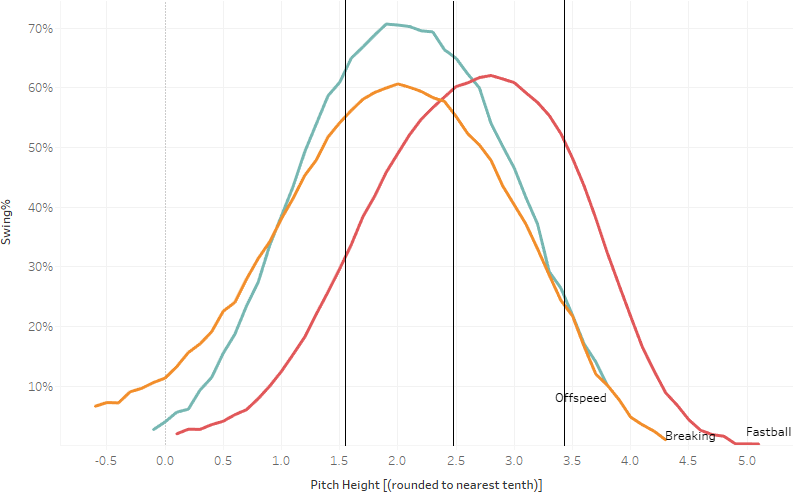Mets Acquire Lindor, Carrasco in Blockbuster Trade
For years, rumors have circulated that Francisco Lindor was available in trade. Cleveland, ever penny-pinching, always looked unlikely to sign him to an extension. He’s due to reach free agency after this season, which put a clock on the situation. Today, that clock struck midnight. As first reported by Jeff Passan, the Mets have acquired Lindor and Carlos Carrasco in exchange for Amed Rosario, Andrés Giménez, Josh Wolf, and Isaiah Greene.
It’s easy to like New York’s side of the deal. Lindor is one of the 10 or so best position players in baseball, and at 27, he’s just entering his prime. In addition, he’s one of the best defensive shortstops in the game, a huge upgrade for a team that induces a ton of grounders.
He’s a free agent after this year, of course, which limited Cleveland’s return for him, but the Mets have talked all offseason about signing marquee free agents, and Lindor blows this year’s crop out of the water. None of the available free agents this winter project for more than J.T. Realmuto’s 4.1 WAR, and none of the top 10 are younger than 30. Lindor is better, younger, and arguably more marketable than anyone on that list, and it’s not particularly close.
Most of the best hitters in baseball get there by, well, hitting. Lindor does that too — Steamer and ZiPS think he’ll be the third-best batter at the shortstop position in 2021 — but he gets an outsize proportion of his value from defense. From 2018 to 2020, he’s been the second-best shortstop defender in baseball per UZR, behind only Andrelton Simmons. DRS has him fourth, behind Simmons, Paul DeJong, and Nick Ahmed. Per Outs Above Average, he’s second only to Ahmed. No matter how you slice it, his defense is stellar.
If you plug Ahmed or Simmons (and probably DeJong, too) into your lineup, you’re sacrificing offense for defense. Not so with Lindor. His worst season at the plate was 2020, but even then, he managed a .258/.335/.415 line, good for a 100 wRC+. For his career, he’s a .285/.346/.488 hitter, a line buoyed by his phenomenal contact skills. Despite an aggressive approach at the plate, he strikes out only 14.1% of the time while walking at an average rate, which gives him a high floor.
Though he brings plenty of other positive qualities to the table, that contact skill is his only true standout offensive ability. He displayed shocking power in 2018, barreling up 9.3% of his batted balls on the way to 38 home runs, but for the most part, he gets to his stats by being roughly average when he makes contact while making far more contact than the average hitter. In his career, he’s accumulated a .383 xwOBA on contact and a .380 actual wOBA on contact, a hair higher than the .376 and .370 marks the league as a whole has accrued over the same time period. Even average power plays up when you get so many opportunities, though, which is how he put together three straight 30-homer seasons from 2017 to 2019. Read the rest of this entry »



